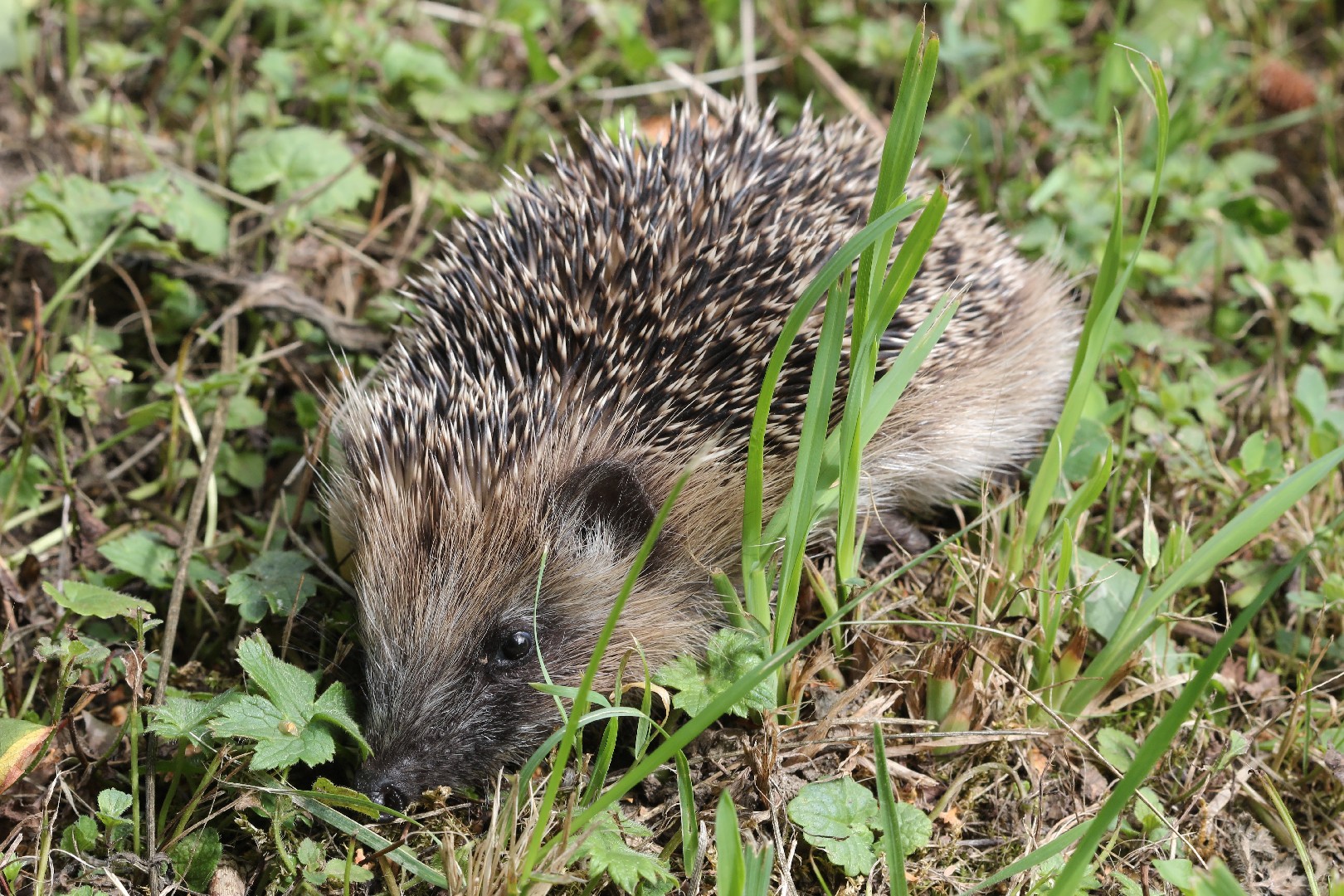European hedgehog
A species of Woodland hedgehogs, Also known as Common hedgehog, Western hedgehog, British hedgehog Scientific name : Erinaceus europaeus Genus : Woodland hedgehogs
European hedgehog, A species of Woodland hedgehogs
Also known as:
Common hedgehog, Western hedgehog, British hedgehog
Scientific name: Erinaceus europaeus
Genus: Woodland hedgehogs
Content
Description General Info
 Photo By Coyau , used under CC-BY-SA-3.0 /Cropped and compressed from original
Photo By Coyau , used under CC-BY-SA-3.0 /Cropped and compressed from original Description
Erinaceus europaeus has a generalised body structure with unspecialised limb girdles. The animal appears brownish with most of its body covered by up to 6,000 brown and white spines. Length of head and body is ~160 mm (6.3 in) at weaning, increasing to 260 mm (10 in) or more in large adults. This species has an extremely short tail as an almost vestigial feature, typically 20 to 30 mm (0.79 to 1.18 in). Weight increases from around 120 g (4.2 oz) at weaning to > 1,100 g (2.4 lb) in adulthood. The maximum recorded weight is 2000 g (4.4 lb), though few wild specimens exceed 1,600 g (3.5 lb) even in autumn. Adult summer weight is typically somewhat less than in autumn, with an average of around 800 g (1.8 lb) and adult weights commonly as low as 500 g (1.1 lb). Males tend to be slightly larger than females, but sex differences in body weight are overshadowed by enormous seasonal variation. E. europaeus is unlike any other creature across most of its range. Where it co-exists with the Northern white-breasted hedgehog (Erinaceus roumanicus), the two species are difficult to distinguish in the field, the latter having a white spot on its chest. According to the Guinness Book of World Records, E. europaeus is probably the largest species of hedgehog and is possibly the heaviest member of the Erinaceomorpha order, although the moonrat (Echinosorex gymnura), similar in average mass if not known to equal to the hedgehog's maximum weight, can attain a considerably greater length. In Europe hedgehogs carry a large number of hedgehog fleas (Archaeopsylla erinacei). 
General Info
Lifespan
2-6 years
Diet
European hedgehog primarily consumes insects, favouring beetles and earthworms. Its diet also includes slugs, spiders, snails and caterpillars. Interestingly, european hedgehog occasionally feeds on small vertebrates, eggs, fruit and fungi.
Appearance
European hedgehog is a small, stout mammal with a distinctive spiny coat, composed of hard, sharp spines for defense. These creatures have short limbs suited for burrowing and a small snout. Their coloration ranges from brown to black, and their undersides are covered in soft fur. There are no prominent differences between age groups or genders in terms of appearance.
Behavior
European hedgehog demonstrates a primarily nocturnal, solitary lifestyle. Known for its camouflage in leaf-litter, european hedgehog adopts an atypical self-anointing behaviour when encountering new objects. Its spiny coat acts as a defence mechanism, and it hibernates during colder months. This species maintains solitary territories that it marks through scent glands, particularly during mating seasons.
Population
Stable
Scientific Classification
Phylum
Chordates Class
Mammals Order
Erinaceomorpha Family
Hedgehogs and gymnures Genus
Woodland hedgehogs Species
European hedgehog